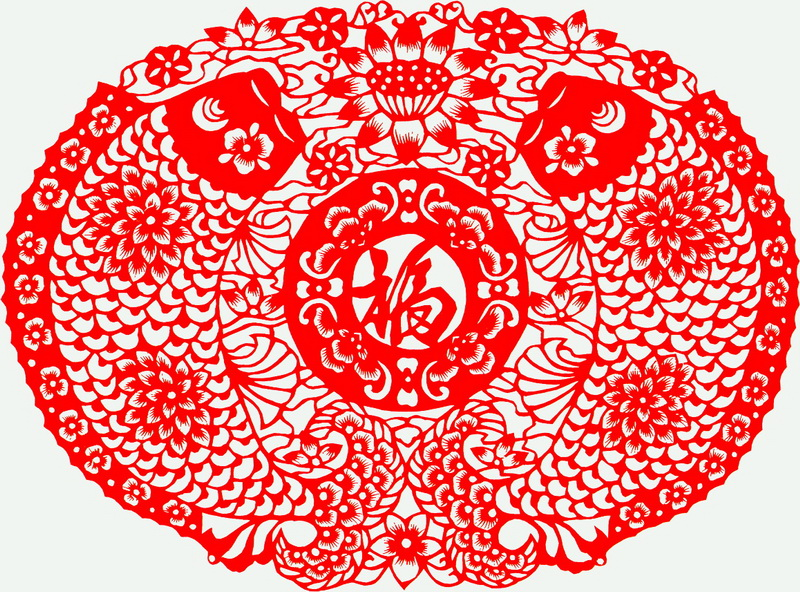
A Zhangpu paper-cutting work. [Photo/fujian-szwhg.chaoxing.com]
Zhangpu paper-cutting, originating from Zhangpu county, Zhangzhou city, Fujian province, is a traditional folk art included in the first batch of national intangible cultural heritage extensions under the traditional fine arts category. In 2009, it was added to UNESCO's Representative List of the Intangible Cultural Heritage of Humanity as a sub-category of "Chinese paper-cutting."
Zhangpu paper-cutting art flourished as early as the Tang and Song dynasties (618-1279). Initially used solely as embroidery templates, it gradually evolved into a medium for expressing auspicious wishes during weddings and religious ceremonies, influenced by both local folk traditions and the Central Plains custom of decorating windows with paper-cut designs.
Zhangpu paper-cutting is renowned for its well-balanced compositions, symmetrical harmony, and elegantly refined lines that flow with natural continuity. Characterized by predominantly monochromatic schemes, it achieves artistic harmony through contrasting tones while maintaining strong decorative craftsmanship.
Artisans employ specially treated cut-out materials resistant to fading and deterioration. The art form has evolved diverse formats, including framed designs and calendar-style displays, to accommodate thematic expressions and market demands.

Copyright © General Office of Fujian Provincial People's Government
Website Identification Code 3500000049Registration Number: 15003084
All rights reserved. The content (including but not limited to text, photo, multimedia information, etc) published in this site belongs to fujian.gov.cn.
Without written authorization from fujian.gov.cn, such content shall not be republished or used in any form.